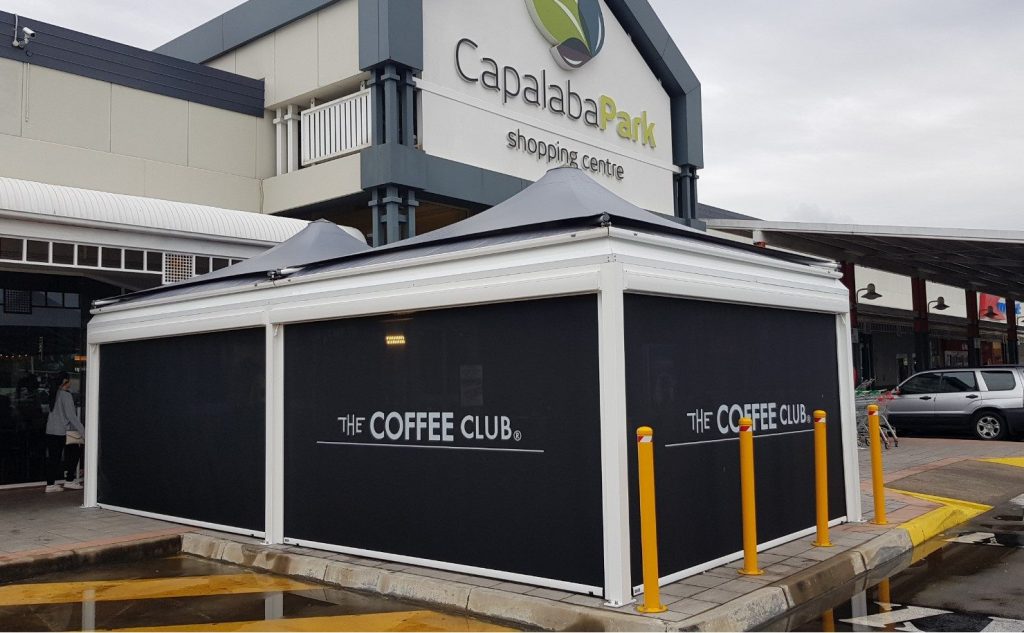YOU ARE HERE:

Enhancing Commercial Spaces with Awnings and Blinds
Jamie Howard In Awnings & Blinds
In the world of commercial architecture and design, creating a welcoming and comfortable environment for employees and customers is of utmost importance. Awnings and blinds, long recognized for their functionality and aesthetic appeal in residential settings, are also gaining popularity in commercial spaces. From retail stores and restaurants to office buildings and hotels, these versatile structures are proving to be an excellent addition, providing numerous benefits. In this article, we will explore the suitability of awnings and blinds for commercial use, highlighting their ability to enhance both the functionality and aesthetics of commercial spaces.
Enhancing Comfort and Energy Efficiency
Commercial spaces often face the challenge of excessive sunlight and heat, leading to uncomfortable working or shopping conditions. Awnings play a crucial role in managing sunlight by providing shade, reducing glare, and minimizing heat gain. By blocking direct sunlight, awnings help to maintain cooler indoor temperatures, resulting in a more pleasant environment for employees and customers alike.
Moreover, awnings contribute to energy efficiency by reducing the need for excessive air conditioning. By preventing solar heat gain through windows and doors, they help lower energy consumption and associated costs. This advantage not only benefits the environment but also makes awnings a wise investment for commercial spaces, leading to long-term savings.
Aesthetics and Branding
In addition to their functional benefits, awnings and blinds offer an opportunity to enhance the visual appeal and branding of commercial spaces (as per the Coffee Club image used above). Awnings come in various designs, patterns, and colours, allowing businesses to choose options that align with their brand identity and overall architectural style. By incorporating company logos, names, or slogans on the fabric, businesses can create a strong visual presence and reinforce brand recognition.
Blinds, on the other hand, provide versatility in controlling natural light and privacy. With adjustable slats, they allow precise light regulation, enabling businesses to create the desired ambiance within their premises. Whether it’s a vibrant and inviting atmosphere or a professional and serene setting, blinds can be adjusted accordingly to suit different occasions, making them an ideal choice for various commercial applications.
Weather Protection and Durability
Commercial establishments need to be prepared for different weather conditions. Awnings offer protection against rain, wind, and even mild snow, allowing businesses to extend outdoor seating areas or display merchandise without worrying about weather-related damage. With durable and weather-resistant materials, awnings provide a reliable shield, enhancing the usability and longevity of outdoor spaces.
Moreover, awnings and blinds act as an additional layer of insulation, protecting the interior from harsh outdoor elements. They help prevent premature fading of furniture, flooring, and merchandise caused by prolonged exposure to sunlight. By safeguarding valuable assets, awnings and blinds contribute to maintaining the aesthetic appeal and prolonging the lifespan of interior elements.
Flexible Usage and Customization
One of the key advantages of awnings and blinds in commercial settings is their adaptability and customization options. Awnings can be retractable, allowing businesses to control their deployment based on the weather or specific requirements. This flexibility ensures that outdoor spaces can be utilized optimally, whether it’s an alfresco dining area, a waiting lounge, or a storefront.
Additionally, awnings can be installed in various orientations, including traditional front-mounted, side-mounted, or even overhead designs. This versatility enables businesses to maximize the use of available space and adapt to the unique architectural features of their premises.
Blinds, too, offer customization options, such as motorized controls, allowing for easy and convenient adjustment. This feature is particularly valuable in large commercial spaces where manual operation may be challenging or time-consuming.
Conclusion
Awnings and blinds have transitioned from being primarily associated with residential applications to becoming indispensable elements in commercial settings.
Share:
Jamie Howard - Director
Co-founder and Director Jamie has been hands-on in the shade and steel industry since leaving school. With over 15 years’ experience in shade, membrane and steel projects, Jamie is excited about the design opportunities shade structures offer in the commercial and industrial sectors. Jamie’s extensive design skills give him a competitive edge in situations with technical design complexity. He has won two personal industry awards for his designs, alongside many company-won awards.

